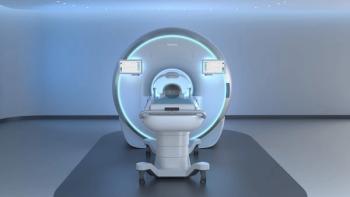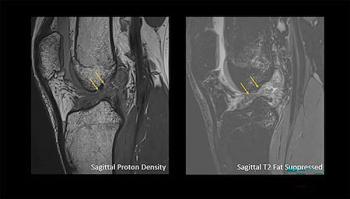
Operating costs soar for magneto-optical devices
The costs associated with powering and cooling archives built around magnetic discs help make this technology the most expensive form of archival storage used in PACS, according to a study presented at the Society for Computer Applications in Radiology meeting June 4 in Orlando.
The costs associated with powering and cooling archives built around magnetic discs help make this technology the most expensive form of archival storage used in PACS, according to a study presented at the Society for Computer Applications in Radiology meeting June 4 in Orlando.
The study analyzed the most significant financial factors in a long-term record archive using common archival storage technologies: magnetic tape, magnetic disc, and three optical storage technologies, including DVD, ultradensity optical (UDO), and magneto-optical (MO).
The results indicated that the total cost of ownership for tape, DVD, and UDO archives are similar to each other and much lower than MO and magnetic disc, said Andrew Richards, vice president of business development of Plasmon.
Richards used a case scenario with a requirement for a 12-TB archive measured over three years of operation, based on daily archive volumes averaging 8 GB and factoring in yearly growth rates of 30% to 40%. The costs examined in the study included hardware and software acquisition, media acquisition, hardware and software maintenance, powering and cooling, and floor space.
The cost per GB was $10.79 for tape, $11.01 for DVD, $12.80 for UDO, $36.31 for MO, and $41.48 to $62.96 for magnetic disc, depending on whether the systems were mirrored.
"Archive storage costs have frequently been discussed, but the total cost of ownership has seldom been properly quantified," Richards said.
When adjusted for cost of ownership over three years, the operating costs of magnetic discs in the scenario examined during the study can easily approach $10,000 per year, he said. Powering and cooling costs associated with tape and UDO systems were negligible.
UDO systems have only recently become an option for PACS. Plasmon and Sony are vying for this marketplace with systems that use blue lasers to create light with a shorter wavelength than the traditionally used red lasers, allowing more data to be stored in a smaller space.
Plasmon claims its ultradensity optical technology can store 30 GB on a single cartridge - three times the capacity of DVDs and MO media. Sony claims it can pack 23 GB on a single-sided disc with a technology that boasts 11-MB/second-read and 9-MB/second-write speeds (DI SCAN 11/24/04).
At the SCAR meeting, Plasmon unveiled a UDO Archive Appliance, preconfigured and designed specifically for PACS and HIS. GE Healthcare is already shipping the new UDO Archive Appliance as a fully integrated component of its imaging systems to radiology and cardiology PACS customers (see Briefs, this issue).
In the study examining UDO and other storage technologies, magnetic discs fared much better when considering costs associated with floor space. Floor space for archives based on this technology accounted for only 0.9% of their total costs due to the footprint of the drive. The other options all occupy larger spaces and impose greater costs: DVD 5.05%, UDO 4.56%, MO 4.39%, and tape 3.27%.
More than half the cost of tape and optical systems was for hardware (tape 53%, UDO 54%). The primary cost component of the magnetic disc system was found to be software related (42%).
"That was a surprise, that the software component was over 40% of disc costs," Richards said.
As expected, tape had the lowest media cost (5.1%), and DVD (24.2%) and MO (24.2%) the highest.
Newsletter
Stay at the forefront of radiology with the Diagnostic Imaging newsletter, delivering the latest news, clinical insights, and imaging advancements for today’s radiologists.




























